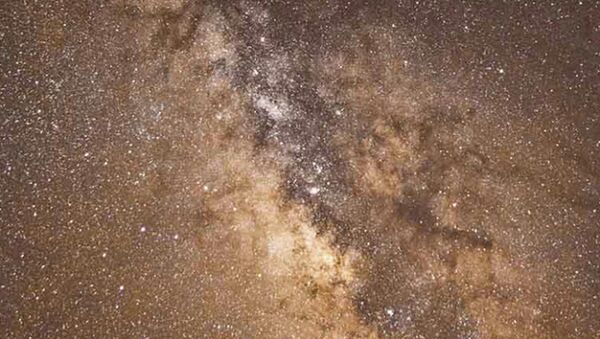"The large dark matter content of Milky Way satellite galaxies makes this a significant result for both astronomy and physics," said Alex Drlica-Wagner of Fermilab, one of the researchers responsible for the publically released Dark Energy Survey analysis, which was used by the Cambridge team to hunt for new satellites which are visible in the sky above the southern hemisphere.
"Dwarf satellites are the final frontier for testing our theories of dark matter," the co-author of the study, Dr. Vasily Belokurov of the Institute of Astronomy, told the press. "We need to find them to determine whether our cosmological picture makes sense. Finding such a large group of satellites near the Magellanic Clouds was surprising, though, as earlier surveys of the southern sky found very little, so we were not expecting to stumble on such treasure."
According to the astronomers, the other six discovered objects could be either dwarf galaxies or globular clusters, objects which have similar visible properties to dwarf galaxies, but are not held together with dark matter, which comprises 26.8 percent of all matter and energy in the universe (observable matter comprises 4.9%).
Dwarf satellite galaxies, which are dominated by unseen dark matter, present scientists with the opportunity to investigate dark matter, the nature of which remains unknown but which might consist of particles that annihilate each other and release gamma rays. Dwarf galaxies, which do not host other gamma ray sources, provide the ideal conditions to search for signs of dark matter annihilation.
The Dark Energy survey, which provided the data for the new discoveries, is a five-year project to photograph a large portion of the southern sky in unprecedented detail, using the 570 megapixel Dark Energy Camera, the most powerful digital camera in the world, able to see galaxies up to 8 billion light-years from Earth.
Its precursor, the Sloan Digital Sky Survey, created the most detailed multi-color three dimensional maps of the Universe ever made, providing multi-color images of one third of the sky, and found about half of the more than two dozen previously discovered satellite galaxies around our Milky Way in 2005 and 2006.



